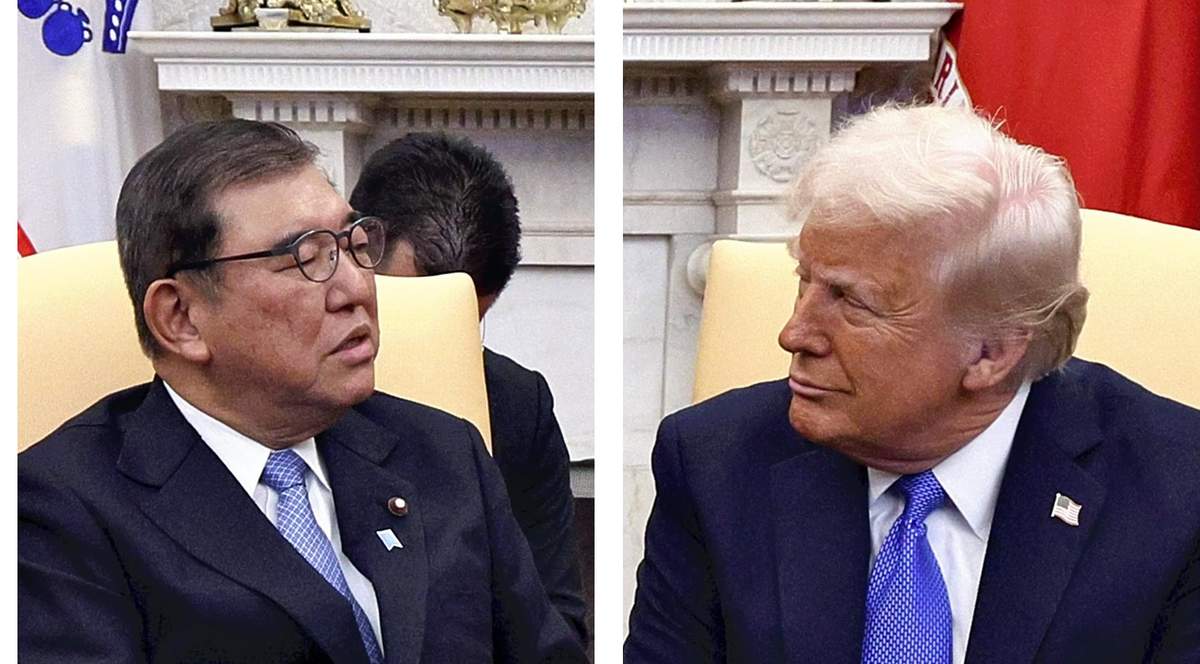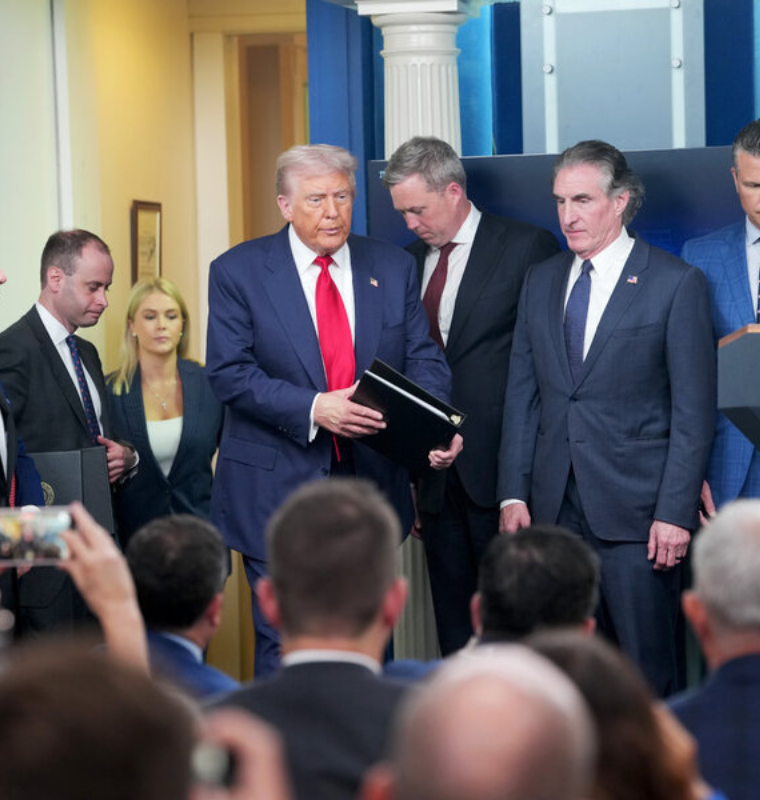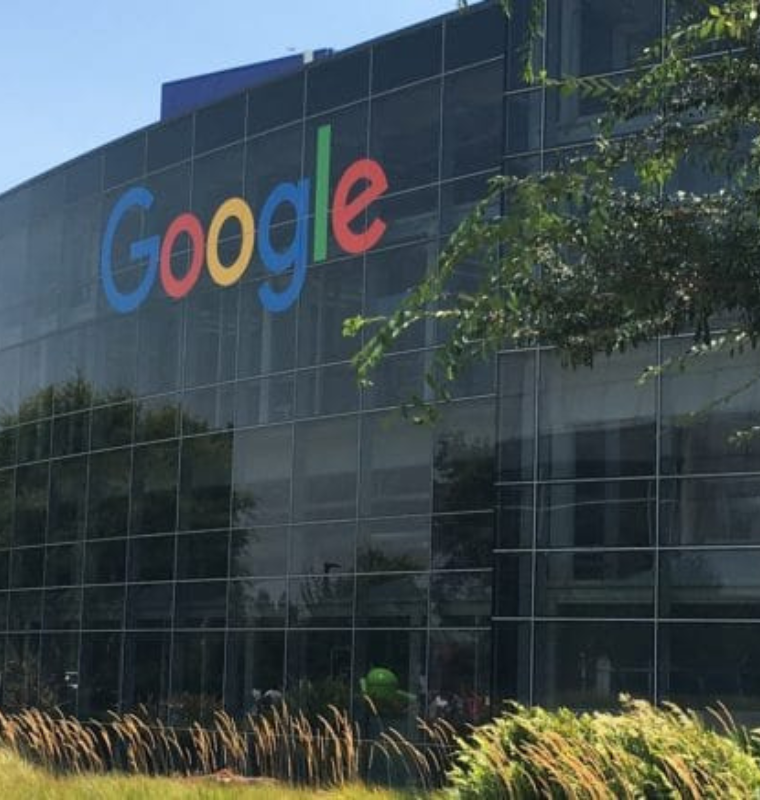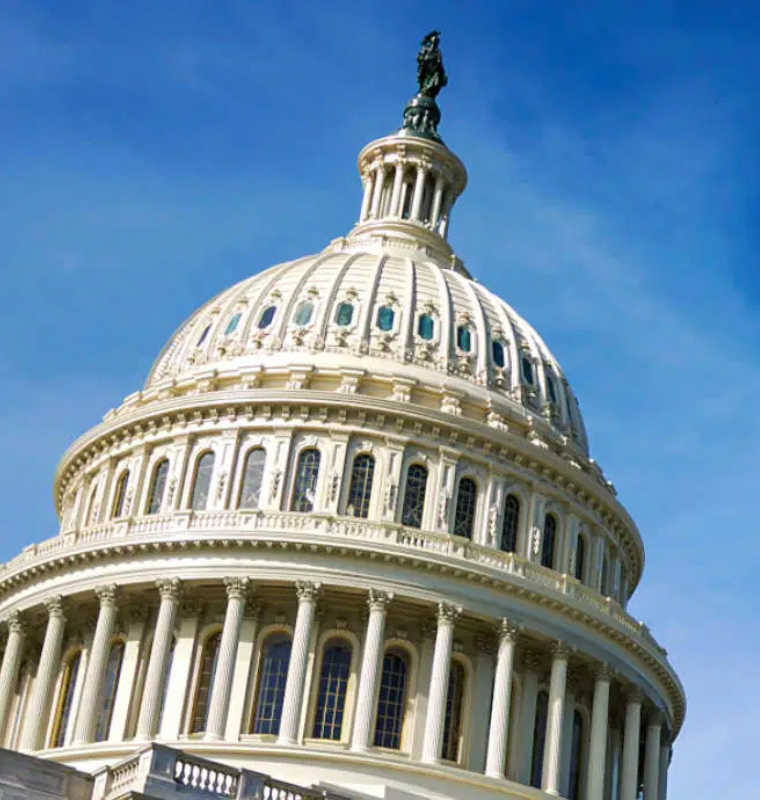Trump Secures Landmark Trade Deal with Japan as Tariffs Drop to 15 Percent
Trump Secures Landmark Trade Deal with Japan as Tariffs Drop to 15 Percent
By
Leah Rosenfeld
Last updated:
July 23, 2025
First Published:
August 6, 2025

U.S.–Japan Strike Major Trade Agreement with Lower Tariffs and $550 Billion Investment Promise
In a high-stakes diplomatic move, U.S. President Donald Trump announced a sweeping new trade agreement with Japan that will reduce tariffs on Japanese auto exports to 15% and unlock significant investment into the American economy. Described by Trump as “perhaps the largest Deal ever made,” the agreement could mark a turning point in U.S.–Asia trade relations, while also helping stabilize Japan’s internal political scene.
Tariffs Cut in Half, New Trade Terms Set
The deal lowers auto tariffs on Japanese vehicles exported to the United States from the previous 25% to a new rate of 15%. This includes a 12.5% reduction on top of a 2.5% “Most Favored Nation” base tariff. Japanese Prime Minister Shigeru Ishiba confirmed the rate in a statement, with the announcement coming amid signs of economic strain in Tokyo’s auto sector.
Auto exports are a critical part of Japan’s trade portfolio, representing 28.3% of total exports to the U.S. in 2024. However, recent trade data has shown weakness:
- In May, Japanese auto exports to the U.S. dropped 24.7%.
- In June, they fell further by 26.7%.
- Overall Japanese exports to the U.S. totaled 10.3 trillion yen ($70.34 billion) in the first half of the year, a 0.8% year-over-year decline.
Brian Jacobsen, Chief Economist at Annex Wealth Management, noted the psychological shift in how tariffs are now perceived: “A year ago, a 15% tariff would’ve triggered alarm. Today, markets treat it as a win.”
Japanese Markets Rally
Following the announcement, Japanese stock markets reacted with enthusiasm:
- Mazda Motor surged 17%
- Toyota climbed 11%+
- Honda rose over 8%
- Nissan jumped 8%+
- Mitsubishi Motors increased 13%
- The Nikkei 225 gained more than 2%
The stock rally reflected investor optimism over the easing of trade pressure and restored stability in U.S.–Japan relations.
Trump’s Claims: Investment, Jobs, and Market Access
In a post on Truth Social and later during a speech, Trump declared that Japan would:
- Invest $550 billion into the U.S. economy
- Allow broader U.S. market access for goods such as cars, trucks, rice, and other agricultural products
- Help create “Hundreds of Thousands of Jobs” in America
While some of these figures have raised skepticism among analysts, the agreement still represents a significant diplomatic achievement.
Japan’s chief trade negotiator, Ryosei Akazawa, posted “#Mission Accomplished” on X shortly after the announcement, thanking all involved in finalizing the deal.
Political Implications in Tokyo
The trade deal arrives at a sensitive moment for Japan’s political leadership. Prime Minister Ishiba recently suffered a loss of majority in the upper house of parliament. Despite initial declarations to remain in office, several Japanese outlets—Mainichi and Yoimuri among them—have reported that Ishiba may announce his resignation by August.
Analysts suggest the trade deal could have been a last strategic move to secure political support. HSBC noted in a Monday briefing, “For Prime Minister Ishiba, a favorable U.S. trade deal could help stave off a no-confidence motion or internal challenge from the LDP [Liberal Democratic Party].”
Strategic Dimensions and AI Infrastructure
Jeremy Schwartz, Global CIO at WisdomTree, emphasized on CNBC’s Squawk Box Asia that this deal isn’t just about tariffs and trade balance—it’s also a lever for broader strategic investment. He pointed to upcoming joint investments in artificial intelligence infrastructure by major firms like SoftBank, OpenAI, and Oracle, totaling up to $500 billion over the next four years.
“These deals are being used to realign global capital flows and secure U.S. dominance in future technologies,” Schwartz added, calling the Japan agreement “one of the strongest trade terms America has ever secured.”
The new U.S.–Japan trade agreement not only reshapes the landscape for global auto trade but also injects momentum into both economies. With tariffs now lowered, market access widened, and record investments on the table, the deal has the potential to stabilize both bilateral relations and Japan’s internal politics—while giving investors and manufacturers a much-needed break from escalating trade tensions.
Popular articles
Subscribe to unlock premium content
Disney’s Timeless Magic and How the Entertainment Giant Continues to Shape Culture and Innovation

Imran Khan’s Economic Missteps Amid Political Chaos in Pakistan

The Philippines’ Digital Shift How Remittances and BPO Are Fueling Growth

Disney’s Timeless Magic and How the Entertainment Giant Continues to Shape Culture and Innovation

Imran Khan’s Economic Missteps Amid Political Chaos in Pakistan

Disney’s Timeless Magic and How the Entertainment Giant Continues to Shape Culture and Innovation









